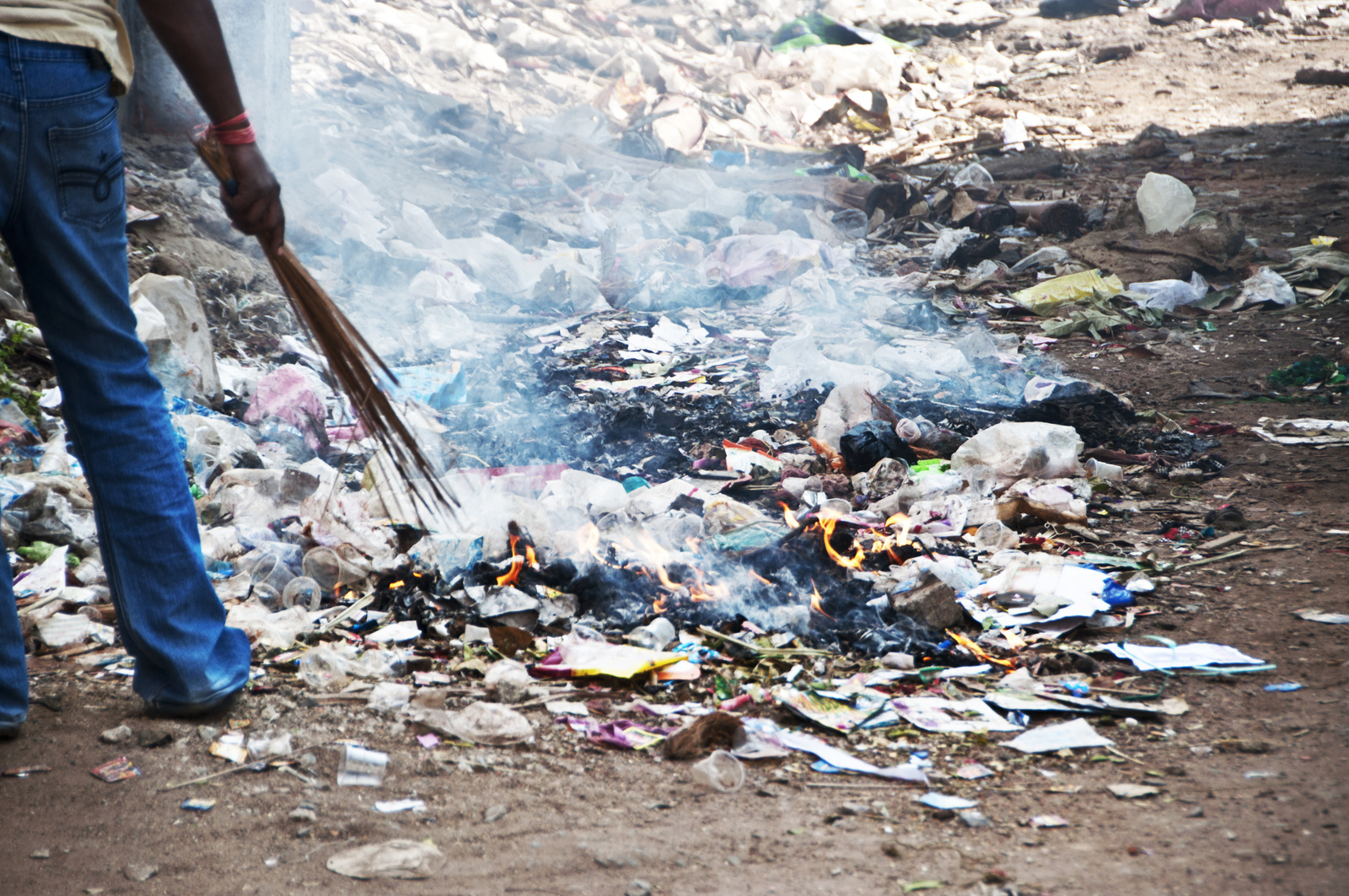
How High Efficiency Air Filters Can Help Save the People of Onitsha
Camfil USA explains why the Nigerian city of Onitsha desperately needs high efficiency air filters to protect the indoor air quality in homes and buildings from exposure to PM10.
Austin, TX / August 7, 2019 / -- Of all the cities and urbanized areas in the world suffering from high air pollution levels, perhaps no place needs high efficiency filters more than the Nigerian city of Onitsha.
Onitsha, a place that few people outside of Africa and Nigeria have ever heard mentioned, bears the distinction of having the worst air pollution levels in any city worldwide, when it comes to concentrations of particulate matter (PM10). In fact, data from a World Health Organization (WHO) report reveals that the four cities with the worst air pollution in the world, which include Onitsha, Kaduna, Aba, and Umuahia, are all found in Nigeria, where smog, rubbish, and polluted water have become a common sight for people in the country.
The WHO further adds that 2.2 million deaths in the Africa region are caused by environmental factors, while over 600,000 of these deaths are linked to air pollution. Improving the air filtration strategies of countries worldwide can help reduce the life-threatening effects of prolonged exposure to particulate matter.
Onitsha’s Indoor Air Quality Problems
But why is air pollution so bad in Onitsha? How is it affecting indoor air quality? The answer has to do with the widespread burning of garbage and the use of solid fuels.
“Combustion generates H2O, NO, NO2, CO, CO2 and particulates. Combustion can also emit hydrocarbon gases, vapors, and organic particles,” said Charlie Seyffer, Manager of Marketing & Technical Materials at Camfil USA. “Impurities such as metals, mercaptans, sulfur oxides, and other particles can be emitted. Some of the particles are large and settle out, but the majority of the particles are submicron and remain suspended in the air for long periods of time.”
Why Buildings in Nigeria Need High Efficiency Filters
In 2015, the World Bank reported that as much as 94 percent of Nigeria’s population is exposed to air pollution levels that exceed WHO guidelines. The rest of Sub-Saharan Africa isn’t much better, with 72 percent of the general population exposed to severe air pollution. Spending more time indoors is one way to stay safe, but this only works if the home or building has high efficiency filters installed.
The WHO report tracked the increase in two different sizes of particulate matter, PM10 and PM2.5, and analyzed their levels in every cubic meter of air.
- PM2.5 particles are very small and have a diameter of 2.5 microns or less, as per the U.S. Environmental Protection Agency.
- PM10 particles, on the other hand, are less than or equal to 10 microns in diameter.
While several other African nations have high PM2.5 levels, Nigeria was not among the top 10 worst cities for PM2.5concentrations.
Can High Efficiency Air Filters Remove These Pollutants?
Onitsha and other Nigerian cities’ pollution woes come from their reliance on solid fuels for cooking, the burning of solid waste, and traffic pollution from old, inefficient vehicles. And because of unstable electricity supplies, many Nigerians depend on generators to power their homes, producing noxious fumes in the process, often in poorly ventilated areas. The good news is that air filters are capable of capturing and removing the airborne byproducts of these combustion processes.
Examples of pollutants produced by the burning of solid fuels or fossil fuels include:
- Lead and mercury vapors
- Nitrogen oxides (NOx)
- Volatile organic compounds (VOCs)
- Carbon monoxide (CO)
- Carbon dioxide (CO2)
Unfortunately, these issues are unlikely to go away anytime soon, as many cities in Africa are experiencing rising levels of air pollution due to rapid economic development and industrialization, often without environmental regulations.
True enough, Nigeria’s economy has boomed over the last 10 years, overtaking South Africa as the continent’s biggest economy in 2014.
Examples of Commercial Air Filtration Systems that Remove Airborne Pollutants
People in cities with high levels of air pollution can choose from a wide variety of commercial air filtration systems designed to protect indoor air quality. The two most common filter solutions are particulate filters with a MERV 13 or higher and molecular air filters.
- High efficiency air filters for particulate removal are mechanical air filters that use a filter media to remove airborne particles as they pass through ductwork or a heating, ventilation, and air conditioning (HVAC) system. Filters with a MERV 13 are typically used in commercial applications and offer the best return on investment when considering efficiency, energy cost to move air through the filter and longevity of the filter in the HVAC system.
- Molecular filters remove ozone and other common gaseous contaminants that are harmful to human health. They are typically made of activated carbon or oxidizers that break down the contaminants to lesser forms of gases.
Things to Remember When Choosing an Air Filtration System
When choosing an air filtration system, remember to stay away from cheap, bargain filters. They may save expenses at the initial purchase, but their tendency to break down after a few months or worse, not do the job they promise to do, makes them a waste of your time and money.
Before acquiring an air filter system, it’s important to consult with a trusted air filter brand or provider. To learn more about the importance of indoor air quality control, talk to Camfil USA or find a location near you. You may also explore our air filtration systems, by browsing our product line.
Media Contact:
Lynne Laake
T: 888.599.6620
F: Friend Camfil USA on Facebook
Y: Watch Camfil Videos on YouTube
N: Follow Camfil USA Sustainability News